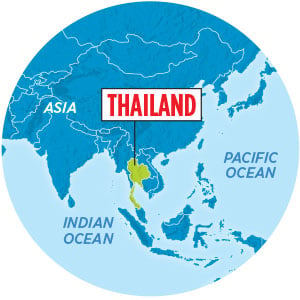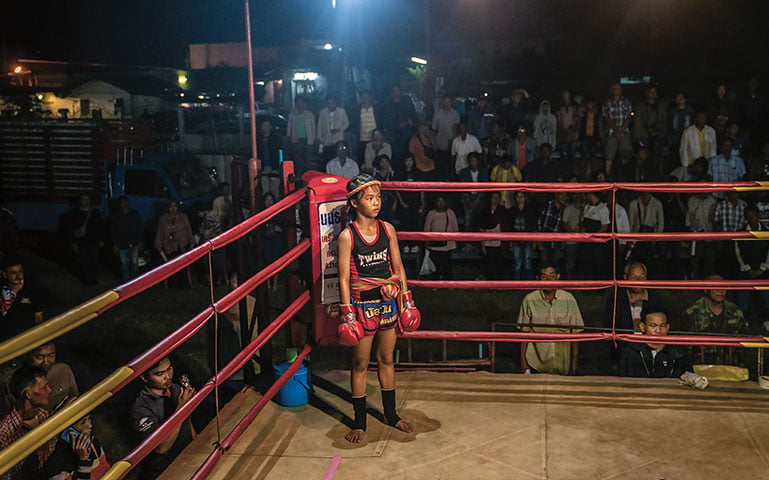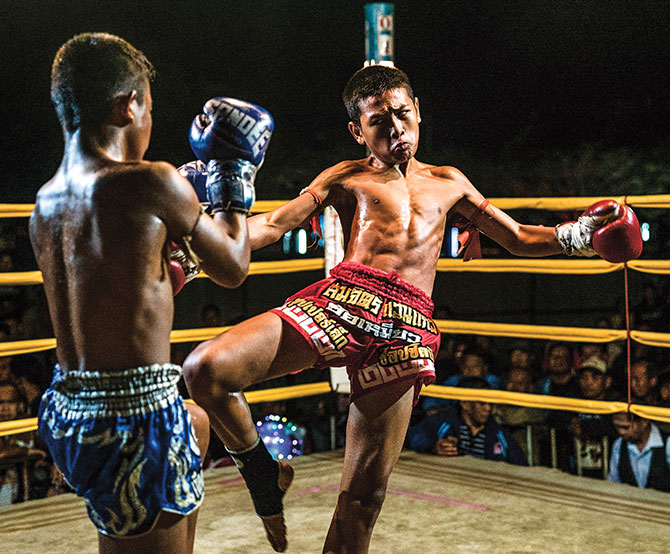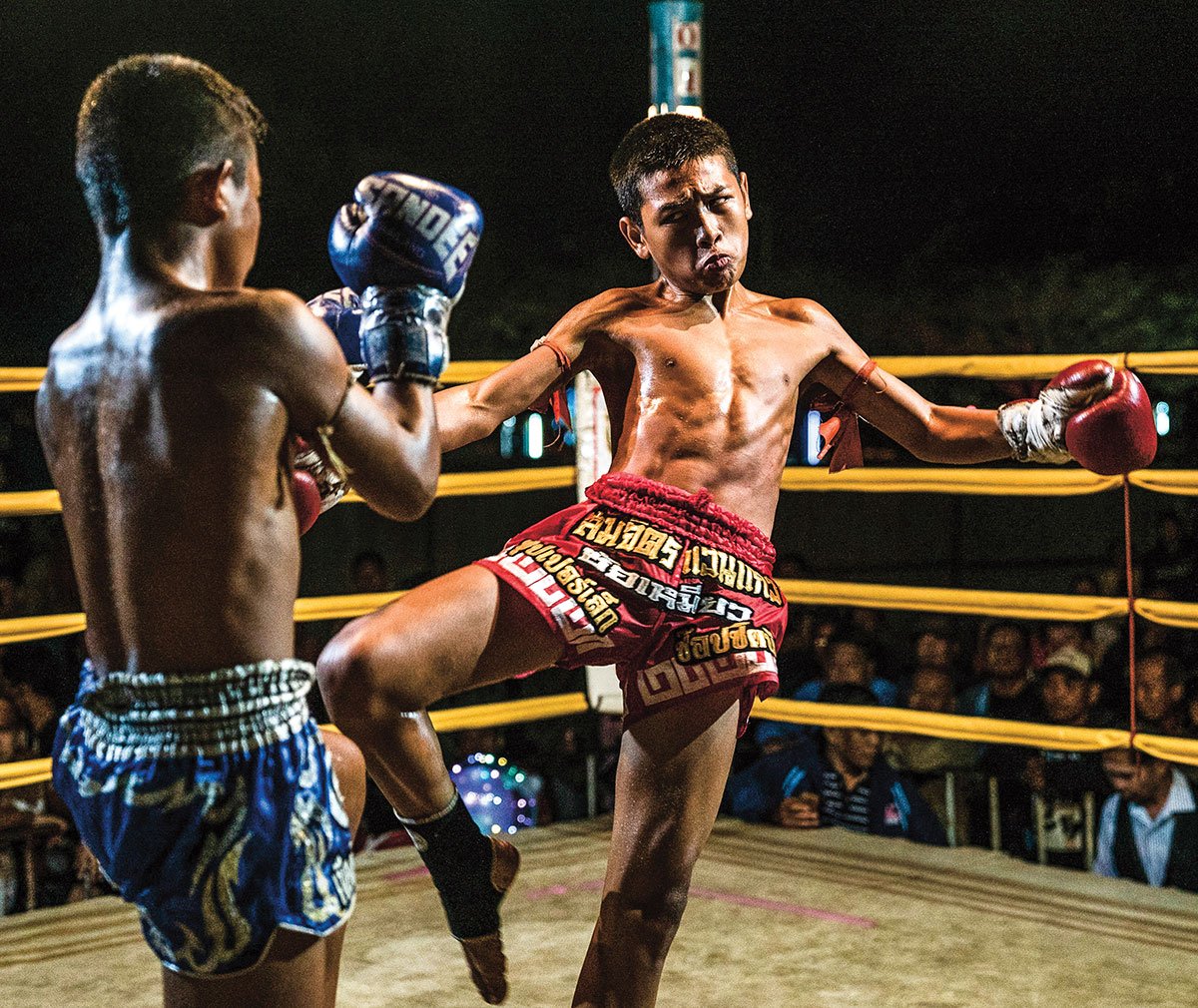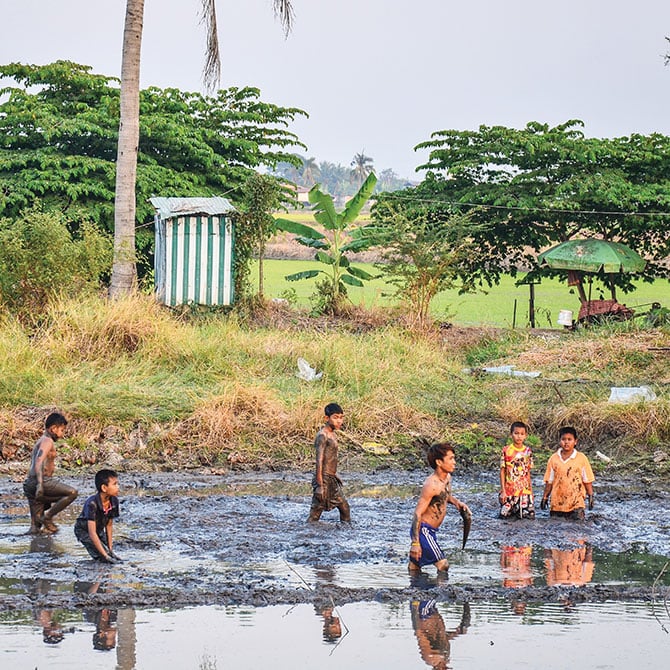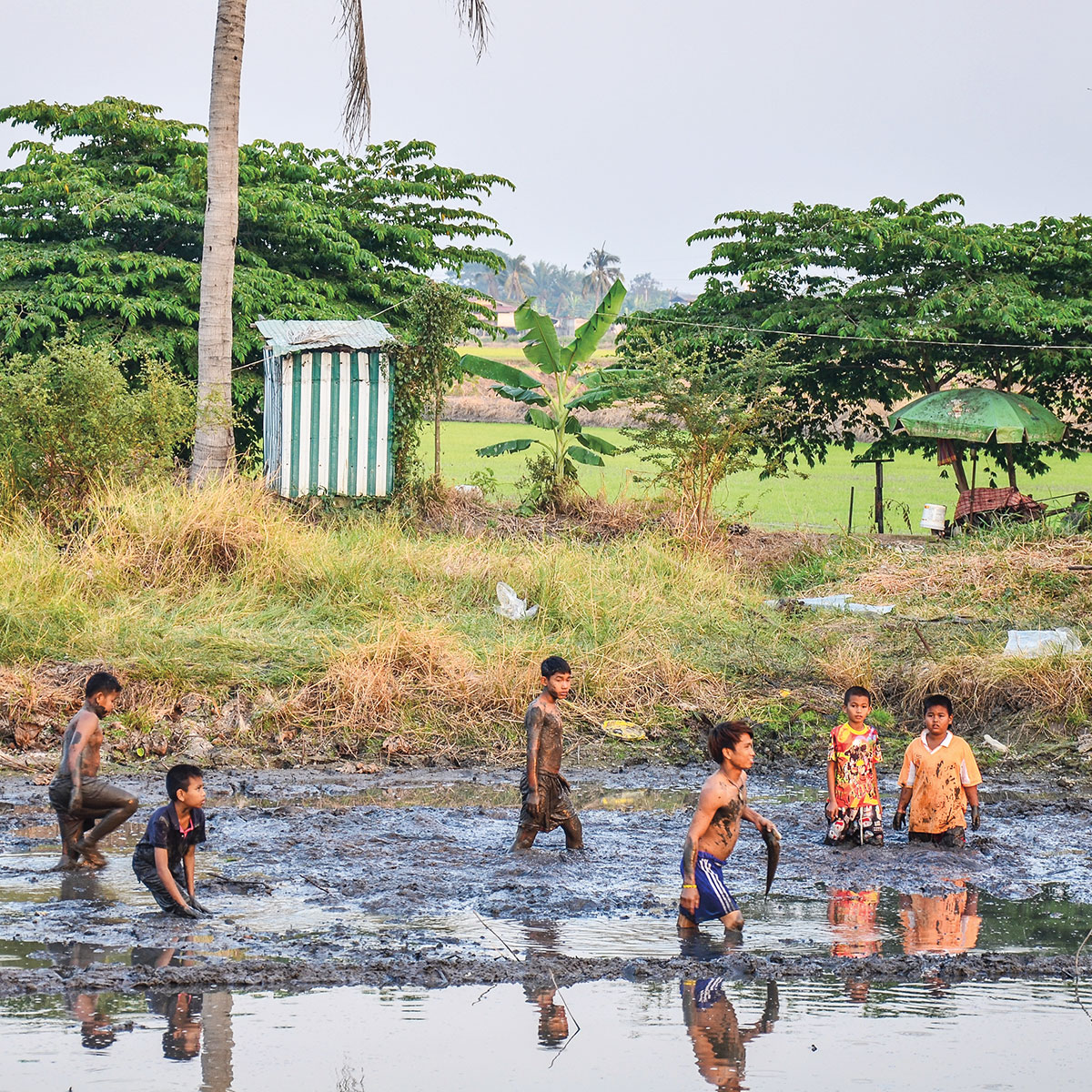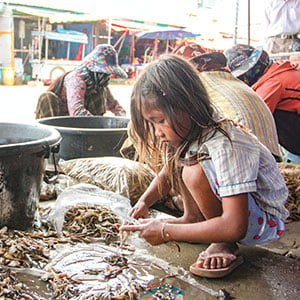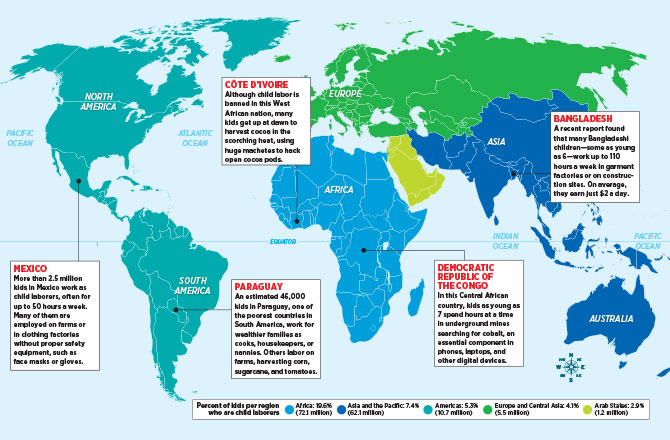Muay Thai is a sport that mixes kicking, punching, kneeing, and elbowing. Fights are typically five rounds of three minutes each. Competitors wear 10-ounce gloves—and fight without any protective headgear. Over the past 400 years, muay Thai has grown from a local sport into a worldwide phenomenon popularized by movies and video games.
Across Thailand, a country in Southeast Asia, muay Thai is embraced by both the rich and the poor. For the poor, it can be a form of social mobility, a means for muscled young boxers—some as young as 6—to fight their families’ way out of poverty and into the country’s growing middle class (see “Thailand’s Inequality,” below). For the rich, it’s an excuse to gamble, with some people betting tens of thousands of dollars each night.
This past November, the sport made international headlines when 13-year-old Anucha Tasako died after being knocked out in a muay Thai fight just south of the capital city of Bangkok. Video showed that he had received five fierce blows to the head. Two days after the fight, Anucha died in a hospital. He had fought an astonishing 174 bouts since the age of 8.
Now Thailand has been left to reconsider the brutality of a sport that involves underage fighters—and the shadowy gambling economy built around it.
“It’s child labor and child abuse,” says Jiraporn Laothamatas, a doctor who specializes in treating the head, neck, and spine. She’s leading the charge to ban kids from boxing. Last year, she released a seven-year study on the effect of muay Thai on children’s brains. Her research showed a steady drop in IQ and brain function for kids who fight.
“We are destroying our children for sport,” Jiraporn says.
